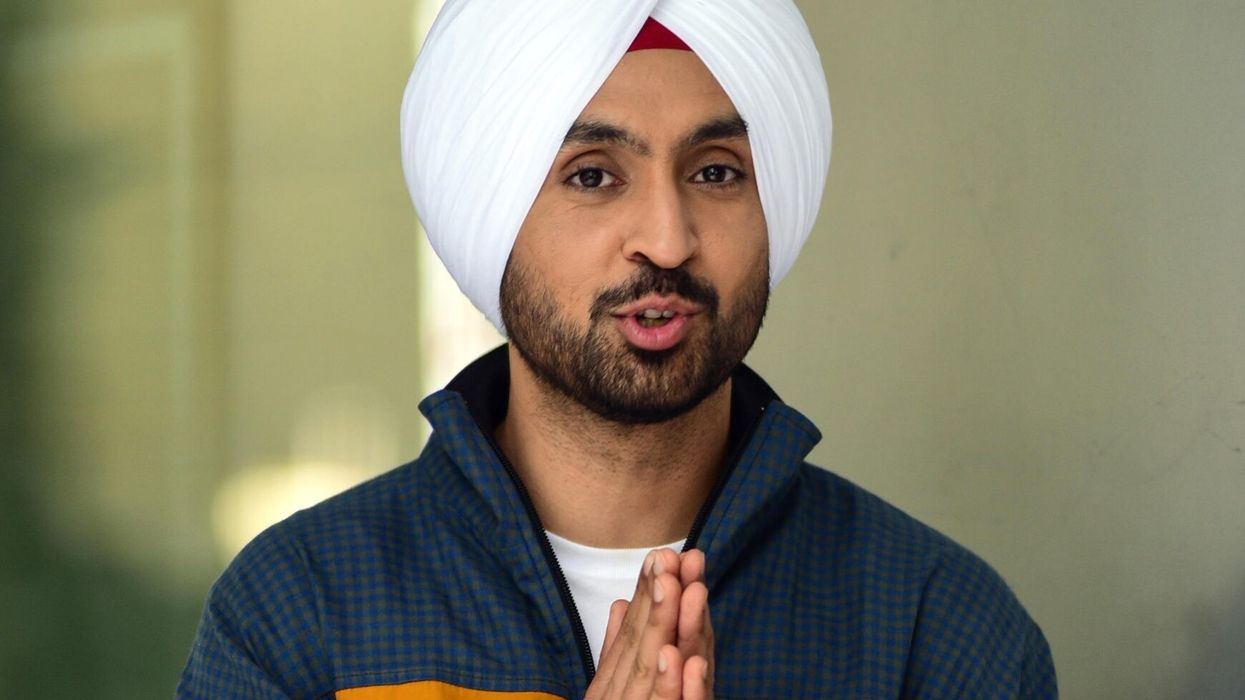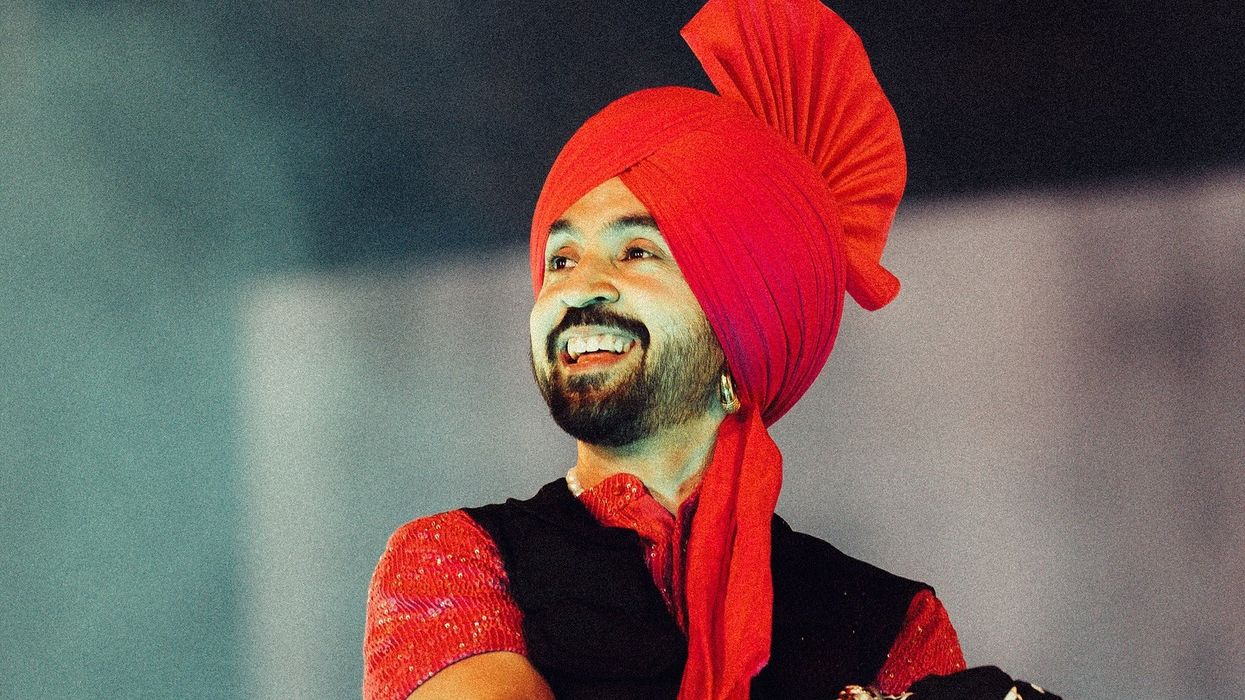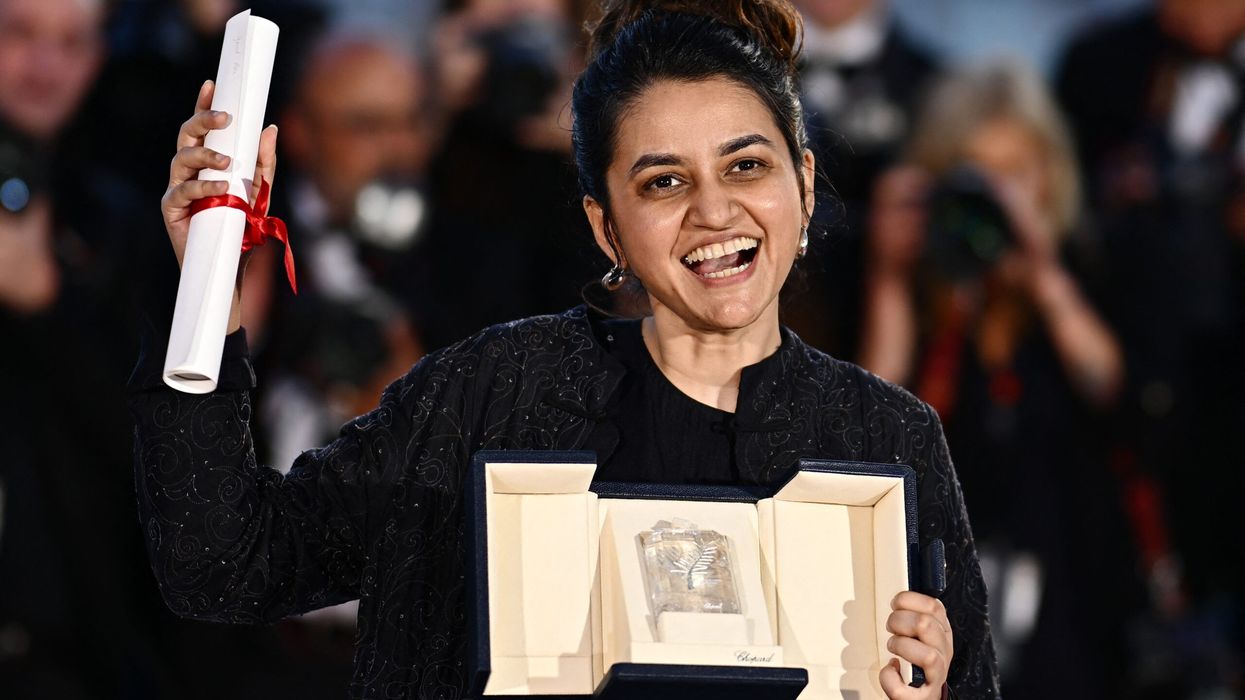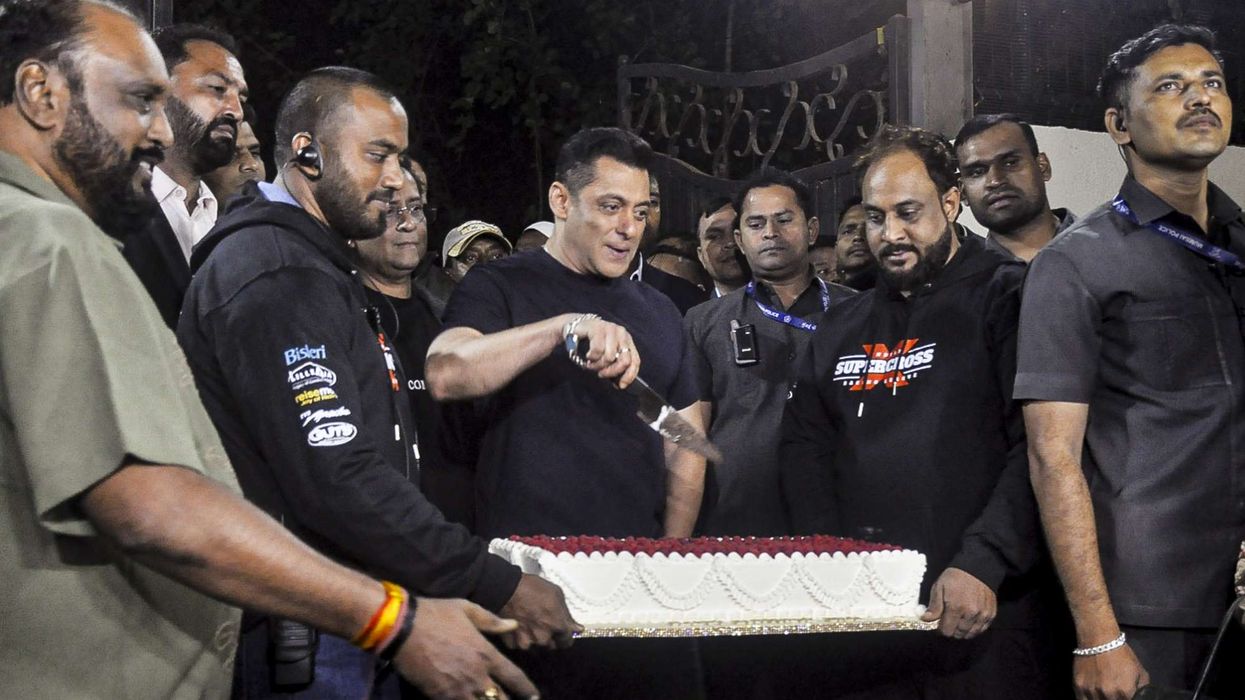HOW THE GREAT LEGENDS CHANGED CLASSICAL MUSIC FOREVER WITH THEIR MASTERY OF AN INDIAN STRINGED INSTRUMENT
by ASJAD NAZIR
The centuries-old sitar is arguably the most famous Indian classical instrument in the world.
Named after a Persian instrument called the setar, it became popular in the 16th and 17th century. The plucked stringed instrument was popularised all over the world in the 20th century, thanks to grandmasters who used it in diverse musical genres.
The sitar continues to power on thanks to a new generation, who are embracing the Indian classical music instrument.
Eastern Eye selected seven sitar players who took the instrument to new heights in the last 100 years and ones who continue to inspire others with their immense body of work.
Pandit Ravi Shankar: The most famous sitar player of all time smashed open the doors globally for classical Indian music. Born in Benares (now Varanasi in north India) in 1920, the musical maestro travelled the world, thanks to his elder brother Uday Shankar’s dance group and during one tour he started learning music from legendary multi-instrumentalist Ustad Allauddin Khan. Ravi Shankar gave up a fledgling dance career to learn music from the grandmaster who played at royal courts. Ravi Shankar made a name for himself as a musician and he was the composer for Satyajit Ray’s The Apu Trilogy. Shankar took Indian classical music global with acclaimed albums and international concerts, which led him to cross paths with big western musicians, including The Beatles. Collaborating with perhaps the biggest band of all time led to global attention for the sitar, which saw big rock bands incorporating the sitar and him performing at international festivals. Shankar continued releasing albums, performing worldwide, receiving honours and opening doors for other classical musicians. But perhaps his finest achievement was passing on the immense knowledge to his daughter Anoushka Shankar, who is today the most famous sitar player in the world.
Ustad Vilayat Khan: Pandit Ravi Shankar is the most famous sitar player, but many would argue that Ustad Vilayat Khan is the greatest of all time. Born on August 28, 1928, in Gouripur (East Bengal in British India and now Bangladesh), he is the son of sitar legend Ustad Enayat Khan and grandson of renowned musician Ustad Imdad Khan. Being born into a family of sitar players meant he was taught how to play the instrument from a young age and such was his talent that he recorded his first disc at eight years old. The youngster wanted to be a singer, but his father passing away at the age of nine meant he had to carry on the family’s sitar legacy and that was the beginning of a magnificent career that would last 65 years. He performed globally and was the first sitar player to do so in many countries. He recorded acclaimed albums and composed for feature films. His greatest achievement was developing the instrument further and expanding its horizons.
Pandit Nikhil Banerjee: Perhaps the most technically-gifted sitar player of the 20th century, Banerjee had a clinical execution of the instrument and died way before his time aged just 54. Born on October 14, 1931 in Calcutta (now Kolkata in West Bengal), the child prodigy was a student of the legendary musical maestro Ustad Allauddin Khan. He stepped out of the shadow cast by senior sitar giants by creating a mesmeric fast playing style not seen before. Banerjee recorded relatively few albums, but that didn’t matter because he made his name on the live circuit as one of the finest performers of all time. He delivered concerts worldwide and after his untimely death, posthumous albums were released, keeping his concert legacy alive. He would win many honours, including India’s third highest civilian honour, the Padma Bhushan.
Ustad Abdul Halim Jaffer Khan: The immense contribution of the sitar maestro included creating his own unique style, building bridges between genres including classical Indian sub-genres and introducing a radical new playing style. He was born on February 18, 1927, in Jaora (a city in central India), into a musical household; his father was acclaimed vocalist and musician Jaffer Khan. The child prodigy performed on radio from a young age and captivated music lovers, including future legends who were influenced by him. By the age of 17, he was playing the sitar for Indian cinema and mesmerising live audiences. He was the first sitar maestro to collaborate with a western artist when he teamed up with famous jazz pianist and composer Dave Brubeck. The maestro continued collaborating with artists from the west and opening the door for others, including Ravi Shankar. He released music albums and also was part of huge Bollywood movies with his composing and playing, including the legendary Mughal-e-Azam. He teamed up with renowned music directors including Naushad, who said of him, “he not only enriched film music, but his participation also lent prestige to my songs.” In 1976, the musical giant created a sitar academy in Mumbai and continued performing into his eighties. His various awards included the Padma Shri, Padma Bhushan and the Sangeet Natak Akademi Award.
Ustad Imdad Khan: The sitar and surbahar player was born in Agra, India in 1848 into the fourth generation of musicians and taught by his father Ustad Shahbdad Khan. Perhaps the godfather of sitar music as we know it today, he would become the greatest player of his generation and the first to be recorded. Many of those recordings are available even today and well over a century later, players still use the techniques he pioneered. His greatest achievement was perhaps the incredible lineage of world-class musical maestros who became famous internationally. These greats included his two sons Enayat Khan and Wahid Khan, his grandsons Vilayat Khan and Imrat Khan, his great-grandsons Shahid Parvez, Shujaat Khan, Nishat Khan and Irshad Khan, who carried the torch lit by him.
Ustad Imrat Khan: The late great sitar player perhaps didn’t get the credit he deserved and was largely overshadowed by his elder brother Ustad Vilayat Khan, despite being a world class talent in his own right. The sitar and surbahar player was born in 1935 into a family of musicians, in Calcutta. The child prodigy showed a flair for playing the sitar from a young age and performed extensively with his elder brother before branching out as a solo performer. Unlike other sitar maestros, he also recorded and performed extensively with the surbahar. He toured the world and his sons followed in his giant footsteps. In 2017, a year before his death, he was conferred Indian civilian honour the Padma Shri, but refused it saying it was too little, too late. The maestro may not have got the deserving highest recognition, but within music, he was a highly influential figure who inspired many with his magnificent playing technique. He performed on the biggest stages and was also a visiting professor at Washington University.
Pandit Budhaditya Mukherjee: There are many great sitar players today carrying on a musical legacy that has lasted for centuries and can be traced back to the ancient royal courts. Artists including Anouskha Shankar and Shujaat Khan continue to take the instrument and explore new directions. One of the most technically-gifted from today’s time is Pandit Budhaditya Mukherjee, who is almost like a secret weapon of the Indian classical music world. Born in 1955, in Bhilai (a city in eastern central India) into a musical family, he mastered both the sitar and surbahar. He started learning at just five years old and was winning national competitions by the time he was 15. His fast style of playing has captivated audiences in over 25 countries. The prolific recording artist has had over 50 releases and made history a number of times with his performances. He was once described as ‘perhaps the best and most imaginative sitar player’.
A bond of a lifetime
George Harrison: He wasn’t the greatest sitar player and the instrument played a very small part in his musical life, but the rock legend deserves to be mentioned in the top tier because of his role in making the sitar known worldwide. He, of course, rose to global fame as a member of The Beatles and in 1966, when the iconic band was at the height of their incredible fame, his path crossed with Pandit Ravi Shankar. Harrison became a student of the sitar player and learned the instrument in order to form a spiritual connection with India. That association brought Indian classical music amazing popularity in the west and inspired other rock legends to incorporate the sitar. Harrison and Shankar worked on many popular songs where they used the sitar and had a bond that lasted a lifetime. Harrison would credit Shankar as being the person who influenced his life the most.





 A visitor at an art exhibition titled 'Jashn-e-Saliman', showcasing the legacy of screenwriter Salim Khan and his son and Bollywood actor Salman Khan, on the eve of the latter's 60th birthday, in Mumbai, Friday, Dec. 26, 2025. (PTI Photo/Shashank Parade)
A visitor at an art exhibition titled 'Jashn-e-Saliman', showcasing the legacy of screenwriter Salim Khan and his son and Bollywood actor Salman Khan, on the eve of the latter's 60th birthday, in Mumbai, Friday, Dec. 26, 2025. (PTI Photo/Shashank Parade)





